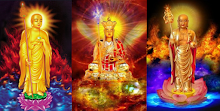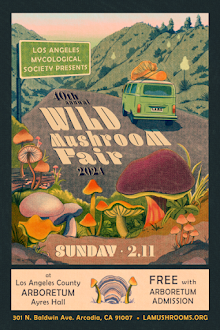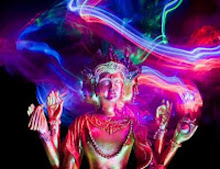
 |
| The call of the wild, the lure of the quiet, what causes city people to venture into the woods? |
.
 |
| Forests welcome the spring |
It must be the first full day of spring because we are honoring the proudest members of Nature, the trees. Since the original towering tree, which mycologist Paul Stamets is sure was a giant mushroom on a primordial earth, trees have been the charismatic megaflora of the world.
Their diversity is stunning, and their size varies from the time they used silica instead of carbon (and left mountain size stumps all over the world) until today when the oldest and largest are on the Island of California, one a bristlecone pine named Methuselah out near US 395 by Bishop on the way to Death Valley, the other a redwood in Northern California they are trying to fence off from tourists. The exact location of each is kept secret but is said to be possible to find with a search.
- A Journey Through the World's Oldest Forests (Hunter Robinson) Forests have stood the test of time, witnessing millennia of change, (d)evolution, and human history. Some of the world's oldest forests date back millions -- even hundreds of millions -- of years, preserving an incredible glimpse into Earth's prehistoric past. These ancient woodlands are home to towering trees, rare wildlife, and ecosystems that have remained virtually unchanged for centuries. From the towering redwoods of California to the misty, primeval jungles of Malaysia, here's a journey through the world's oldest forests, where nature tells the story of time itself.
Why do Buddhists care so much about trees?
 |
| Thai Theravada Forest Tradition |
Buddhism is a "forest tradition." It started there with the future Buddha, the Bodhisatta (Prince Siddhattha Gotama or Siddhartha Gautama, soon to become the Buddha or "Awakened One"), under a big sal tree. That is where he was reborn in the womb of Maya, who was on her way to see her parents for the delivery. But it came in a garden grove under a sturdy sal (sala) tree. (Why a sal tree? The lore of the Salabhanjika that might explain that).
 |
| Born in a garden grove of trees in Lumbini |
He was followed by a group of Five Ascetics (Kondañña, Assaji, Bhaddiya, Vappa, and Mahānāma), until he left them for a big banyan tree so that he could make his own way alone, which didn't work out but which saved his life thanks to the intercession of a milkmaid named Sujata, who offered the wandering ascetic Siddhartha solid food, mistaking him for the spirit of the tree he was at that time sitting under in the forest.
 |
| The Wandering Ascetic Siddhartha, the Buddha |
- Ending six years of severe asceticism, his body emaciated appearance led Sujata to believe he was the tree-spirit (bhumi-deva, dryad) who had granted her wish. She thanked him with enough nourishment to cultivate the Middle Way, develop meditative absorption (jhana), and attain enlightenment or bodhi, thereafter becoming known as the "Enlightened One" or the Buddha.
When 45 years of teaching the Middle Way and bringing the Dhamma (knowledge of the path to enlightenment) back into the world, the Buddha relinquished the will to live on. He decided to hike to Kushinagar, where he found twin sal trees to recline into nirvana, closing out an 80-year-long life after countless rebirths as the Bodhisatta.
- List of places where Gautama Buddha stayed (in the forest): Bamboo Grove, Jeta's Grove, Vulture Peak (surrounded by the Rajgir forest), and so on
 |
| Passing into final nirvana between sal trees |
- Dhr. Seven, Ananda (Dharma Buddhist Meditation), Pat Macpherson, Wisdom Quarterly

.jpg)














































































































































































































































No comments:
Post a Comment